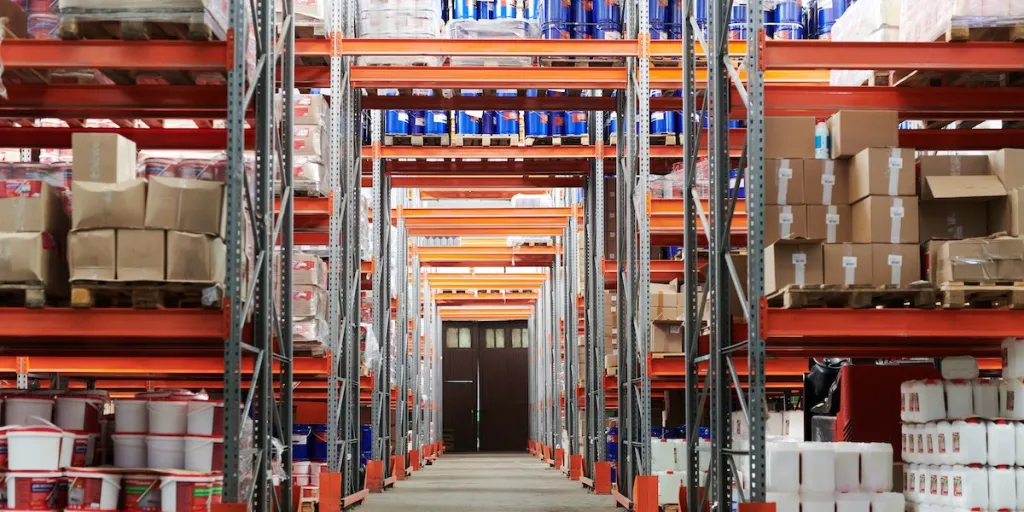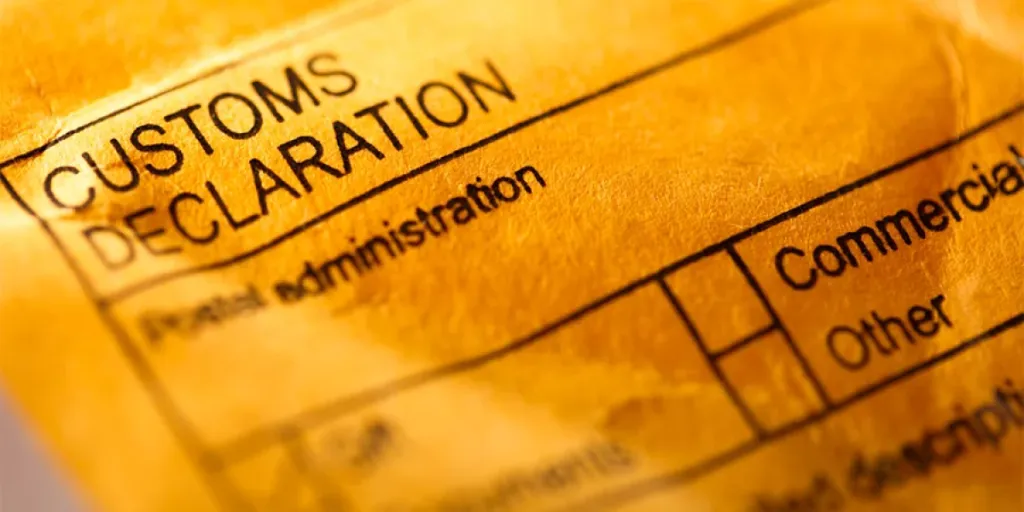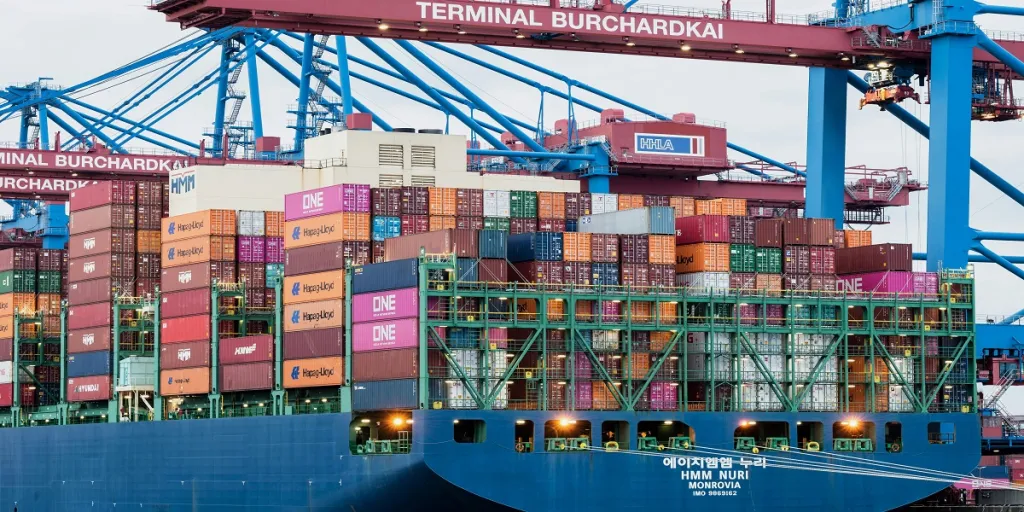In today’s competitive business landscape, finding the golden balance between supply and demand is nothing short of a Herculean task. From the customer’s lens, product availability is non-negotiable – when they need a product, they expect it to be available, with no exceptions.
Contrary to popular belief, bulking up on excess stock is not the perfect solution for stockouts. In fact, it could lead to further business issues, including carrying costs and obsolescence. A whopping US $818 billion is lost globally each year due to inventory distortions, including overstocks and out-of-stocks.
These alarming figures highlight that having an excess stock isn’t really a solution – it’s a problem in disguise. So, the question remains: How do businesses effectively manage their inventory, ensuring they strike the optimal point of inventory?
The answer lies within service level-driven planning (SLDP). Continue reading to learn what exactly SLDP is and how it works. We’ll also explore a case study that shows how businesses can implement service level-driven planning for cost-efficient inventory management. Let’s get started!
Table of Contents
What is service level-driven planning in supply chain management?
What are service levels and how to calculate them?
Case study: how to implement service level-driven planning?
Finding the optimal balance between inventory and demand
What is service level-driven planning in supply chain management?
Service level-driven planning (SLDP) is an innovative inventory management strategy that focuses on finding the “sweet spot” of inventory that perfectly fits customer needs. This means having an inventory level that satisfies customers’ demands while also minimizing carrying costs.
With service level management, no customer goes away disappointed because of out-of-stock scenarios and no product sits on the shelves gathering dust. This strategy is focused on the development of a service level agreement (SLA) between businesses and their customers.
An SLA puts customer expectations into perspective, detailing objectives regarding delivery time, product quality, and overall service delivery. SLDP allows businesses to not just meet, but to effectively manage and often exceed customer expectations with efficiency and consistency.
What are service levels and how to calculate them?
Service levels form an integral part of service level-driven planning (SLDP) which enables businesses to predict the inventory levels needed to achieve a specific service level, as well as estimate the cost of providing that service level.
Simply put, a service level is a measurable metric indicating how effectively a business can meet customer demand while avoiding issues such as shortages or excesses of stock. There are several key service levels that businesses should familiarize themselves with. Let’s explore them and learn the easy math behind their calculations:
Cycle service level
Cycle service level refers to the probability that the inventory on hand during a given cycle is sufficient to meet customer demand, without facing a stock-out situation. The “cycle” refers to a period during which inventory levels are reviewed—this could be daily, weekly, monthly, or any other interval that fits the specific needs of a business.
Suppose a company reviews its inventory each week. If, over the past 100 weeks, the company successfully met demands in 90 weeks without running out of stock, then the cycle service level is 90%.
This calculation is simply the number of cycles without stock-outs divided by the total number of cycles, in percentage terms: (90 / 100) * 100 = 90%. This means there’s a 90% chance the inventory on hand is enough to meet customer demand during a given order cycle.
Order fill rate
Order fill rate measures the percentage of customer orders that are fulfilled promptly without any delays or stockouts. This service delivery metric allows businesses to gauge the efficacy of their inventory management and order fulfillment systems.
For instance, let’s say a company receives 500 customer orders in a month. Among these orders, they successfully delivered 450 without facing any inventory shortages. The order fill rate can be calculated by dividing the number of orders fulfilled on time by the total number of orders, and then multiplying by 100 to get a percentage.
In this example, the order fill rate equals (450 / 500) * 100 = 90%. This indicates that 90% of customers receive their orders without any delays, giving the company insights into where they might be losing sales due to problems with fulfillment.
Ready rate
The ready rate is the proportion of time during which a product has a positive stock balance, thus making it readily available for customers. This metric helps businesses determine their ability to maintain a consistent inventory level to meet customer demand.
For example, let’s assume a company has monitored a particular product’s stock balance over a 30-day period. During this time, the product is available ‘in stock’ for 24 of those days.
To calculate the ready rate, divide the number of days the product is in stock by the total number of days observed and then multiply by 100. In this case, the ready rate is (24 / 30) * 100 = 80%. This indicates that the product is available for immediate use by customers 80% of the time.
Backorder level
The backorder level refers to the quantity of customer orders that cannot be immediately fulfilled due to insufficient supply. This metric helps businesses measure their ability to satisfy customer demand promptly and understand their inventory shortage situation.
Let’s consider a company that receives 150 orders in a week, but due to stock limitations, it can only fulfill 125 orders right away. The remaining 25 unfilled orders are placed on backorder. The backorder level is therefore determined by counting the orders that could not be filled immediately, which in this case is 25.
The backorder level is a clear reflection of the gap between customer demand and the available stock. The objective for businesses would be to reduce this level to as close to zero as possible to ensure customer satisfaction.
Order-to-delivery lead time
Order-to-delivery lead time represents the time taken for an order to be delivered to the customer, starting from the moment the order is placed. This time frame covers various stages within the supply chain process, such as order processing, manufacturing, transportation, and delivery.
Let’s suppose a customer places an order for a product on Monday (1 day). The order is processed on Tuesday (1 day), the product is manufactured on Wednesday (1 day), it gets transported and reaches its destination on Friday (1 day), and finally, it’s delivered to the customer on Saturday (1 day).
To calculate the order-to-delivery lead time, add up the time spent at each stage: 1 day (order placement) + 1 day (order processing) + 1 day (manufacturing) + 1 day (transportation) + 1 day (delivery) = 5 days. This means it takes 5 days to fulfill the order from the moment it was placed.
Case study: how to implement service level-driven planning?

To understand how service level management works in a real business environment, let’s look at a clothing store that sells luxury handbags.
1) Choosing a service level metric
First, the clothing store needs to decide what service level metric to use. For a luxury handbag retailer, stockouts could severely damage the brand reputation and customer satisfaction. Thus, with the cycle service level metric, the store can measure the probability that no stockouts occur throughout the lead time period until the next replenishment arrives.
2) Setting service level targets
To establish a service level target, the clothing store considers its past sales data. The sales chart follows a normal distribution, which means about 95% of data values will fall within two standard deviations from the average.
This means we can expect that approximately 95% of the time, actual demand will not exceed the predicted average demand plus two times the standard deviation. Though a 100% service level target is ideal, it is cost-prohibitive and often impractical. Thus, a 95% cycle service level balances the need for satisfactory service and costs related to carrying inventory.
3) Calculating reorder points
After setting the service level target and gathering historical demand data, the final step is to calculate the reorder points. These are the levels of inventory at which new orders need to be placed to maintain the determined cycle service level.
For a 95% cycle service level, the clothing store will use a standard deviation from normal distribution, which is 1.645. Hence, the reorder point can be calculated as:
- Reorder point = (Average daily demand x Lead time in days) + (Safety stock)
The safety stock can be calculated as:
- Safety stock = Standard deviation of demand x 1.645
Let’s say that the store’s past demand data and lead time metrics for luxury handbags are as follows:
- Average daily demand: 10 units
- Lead time (time until the next order arrives): Approximately 7 days
- Standard deviation of daily demand: 2 units
Upon inserting values into the respective formulas, the clothing store discovers that the safety stock should closely amount to 10 handbags, and the reorder point should be set at 80 handbags. Therefore, when the stock of its luxury handbags falls to 80, the retail store should make a new item reorder to maintain a 95% cycle service level target.
By selecting a fitting service level metric, setting a realistic and achievable target, and performing data-based calculations, the clothing store discovered how they could maintain high customer satisfaction levels, minimize stock-outs, and control inventory costs.
Finding the optimal balance between inventory and demand
In a nutshell, service level-driven planning (SLDP) is an ingenious blend of art and science, designed to help businesses find a precise balance between what their customers want and what stock they’ve got on hand.
It’s all about making sure customers always find what they need when they need it, while simultaneously curbing inventory costs. Still looking for a deeper dive into inventory management? Check out these 5 techniques to manage your inventory like a pro!

Looking for a logistics solution with competitive pricing, full visibility, and readily accessible customer support? Check out the Alibaba.com Logistics Marketplace today.








